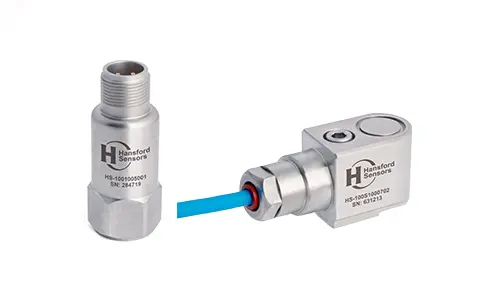Accelerometers with integral temperature sensing RTD vs Semi-Conductor Sensors

Hansford Sensors offer a range of temperature sensors to suit various applications. Below we look at the differences between accelerometers with integral temperature sensing RTD and Semi-Conductor Sensors.

